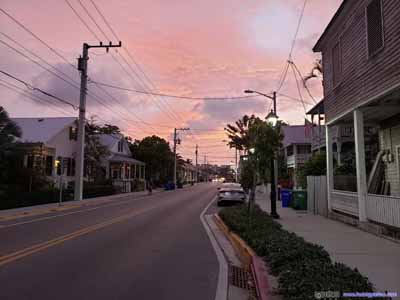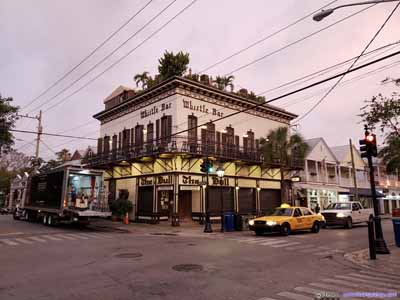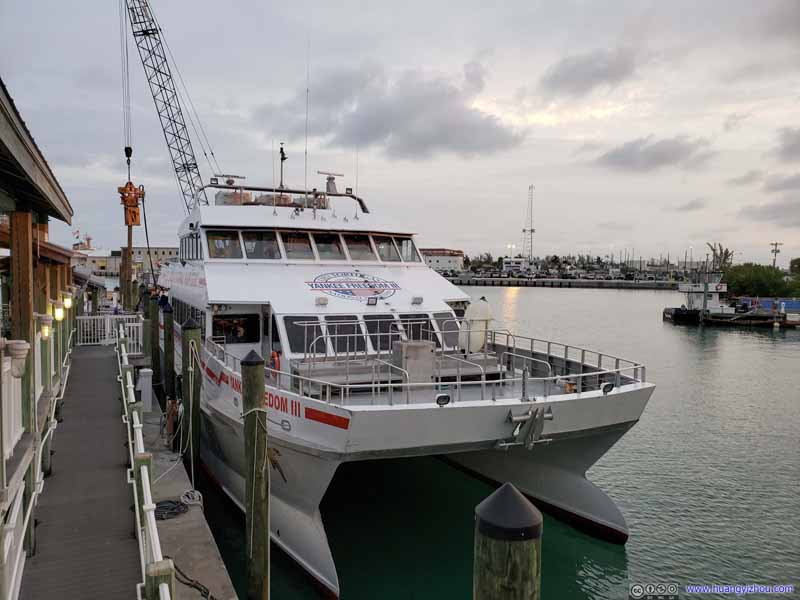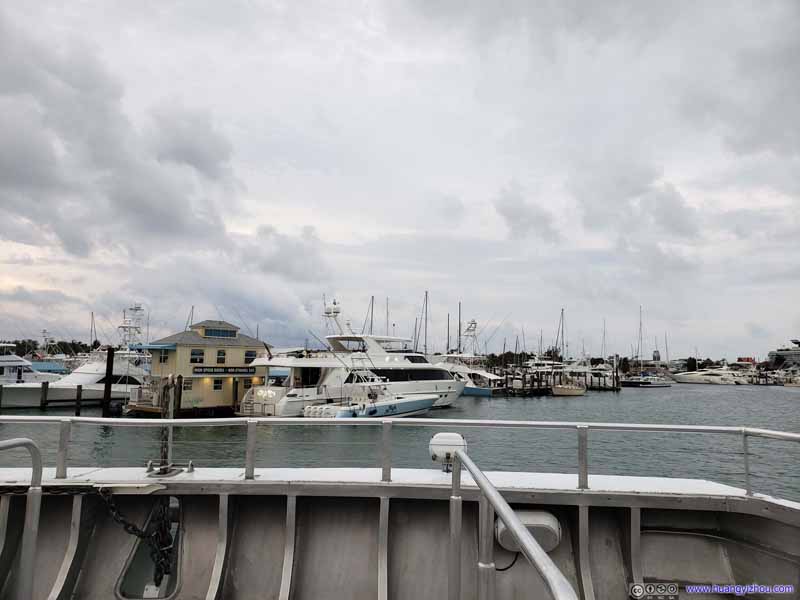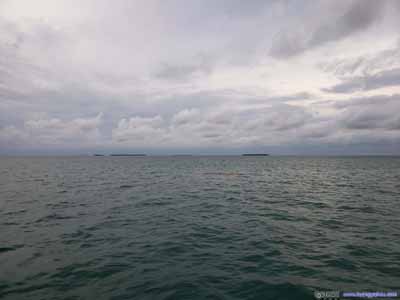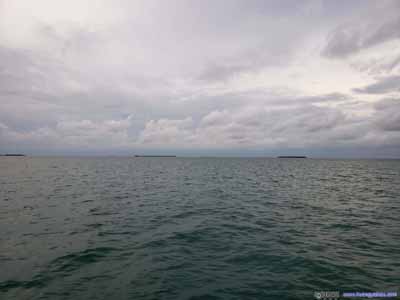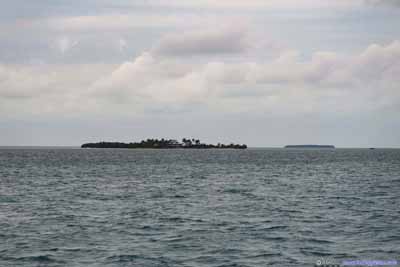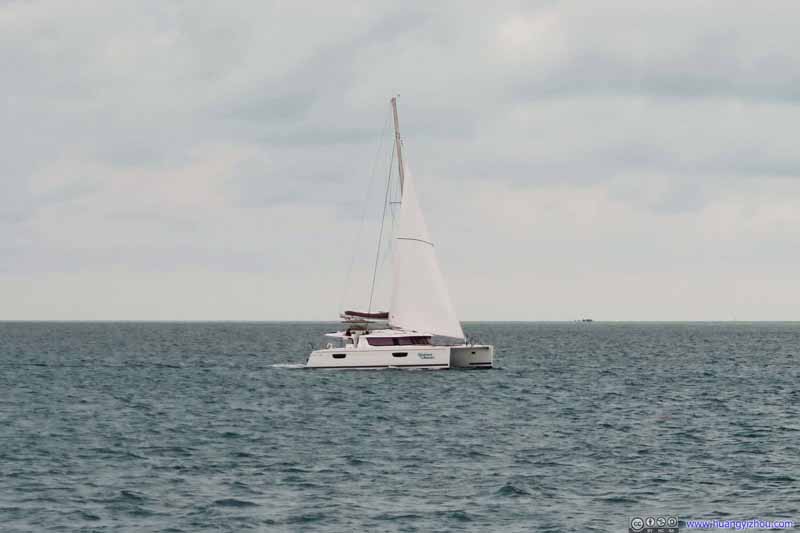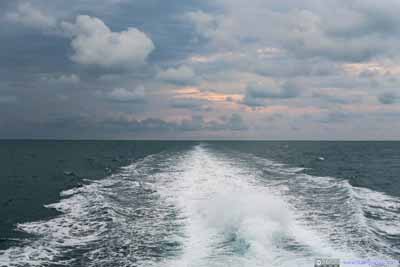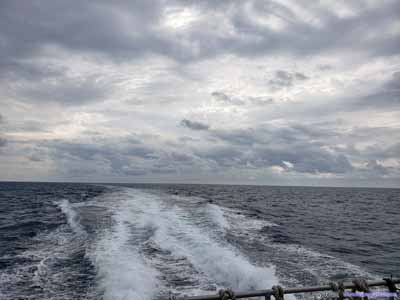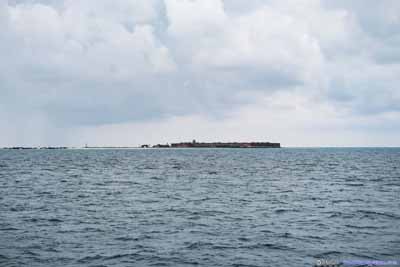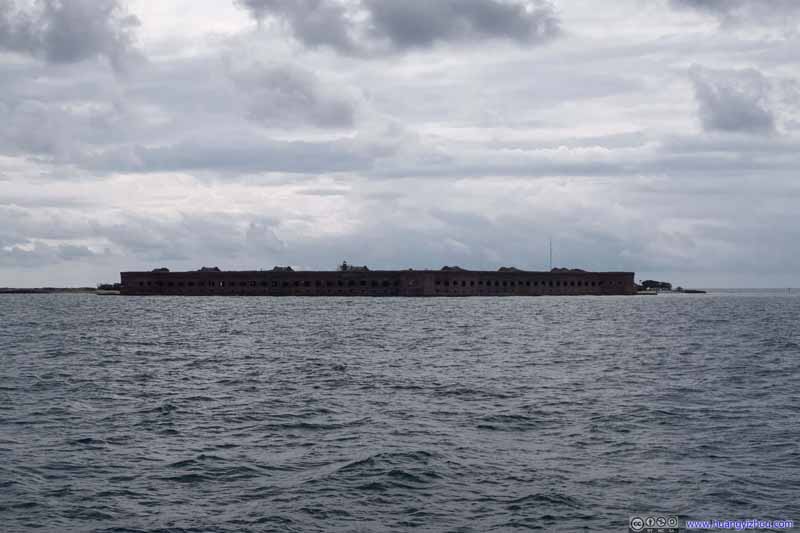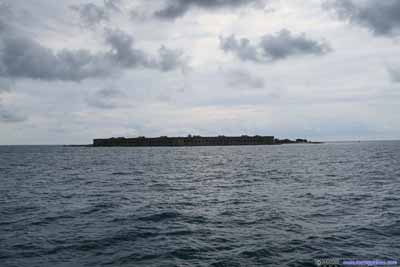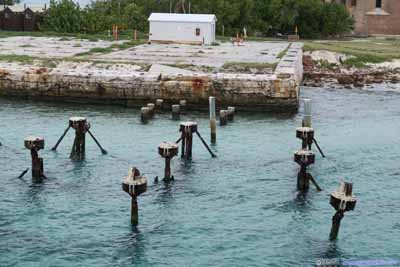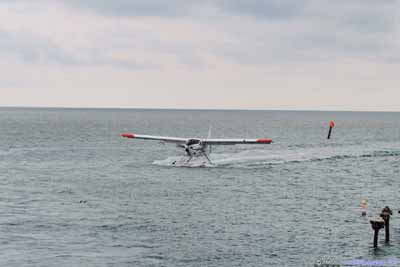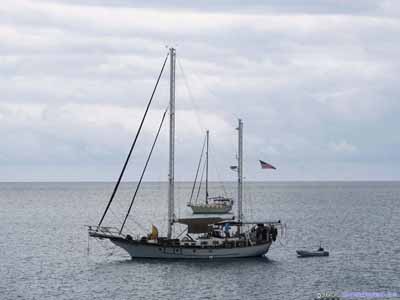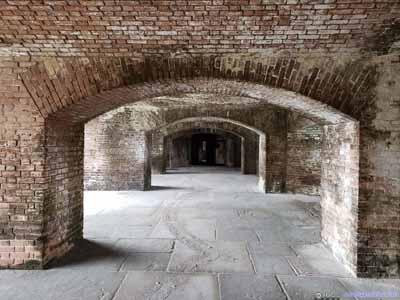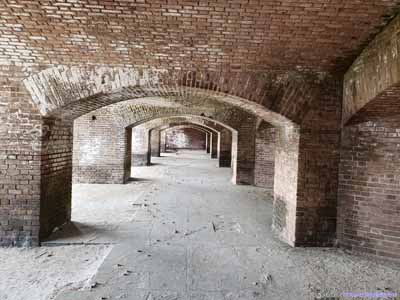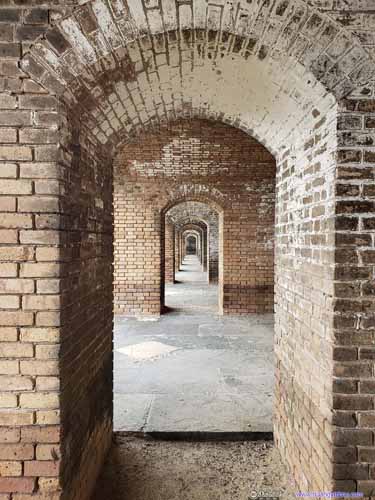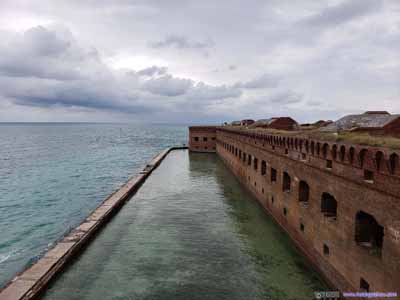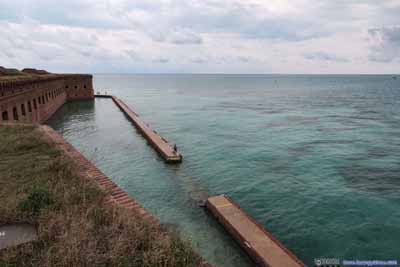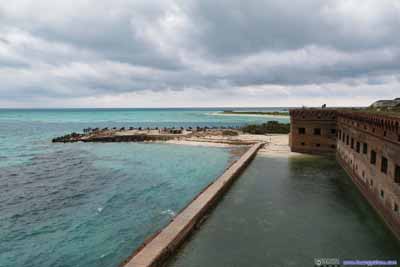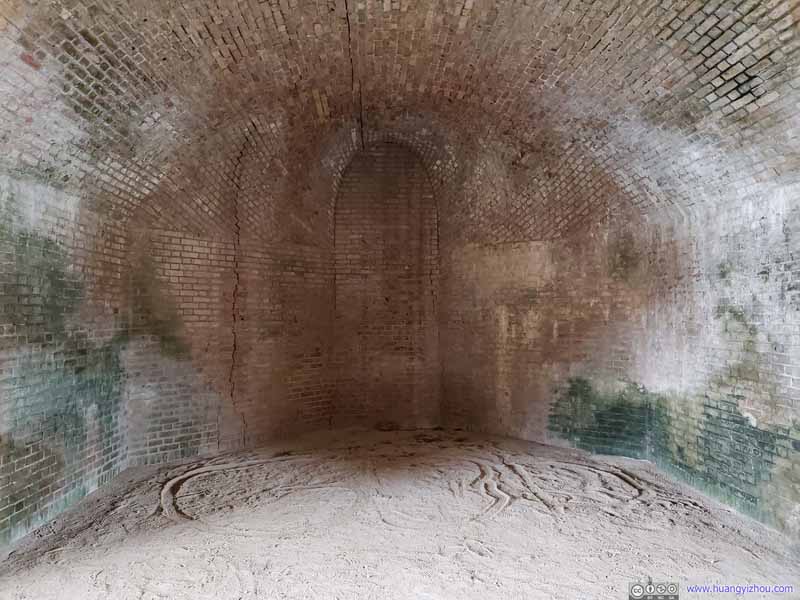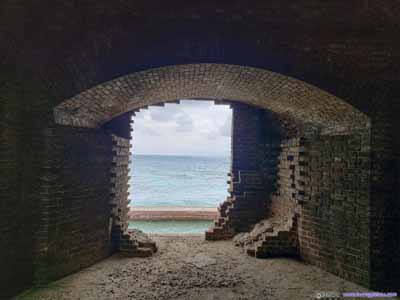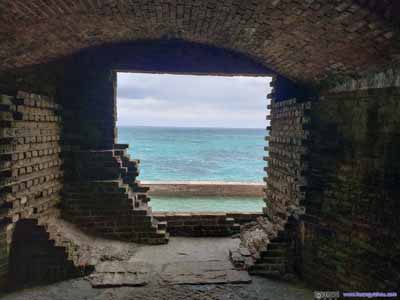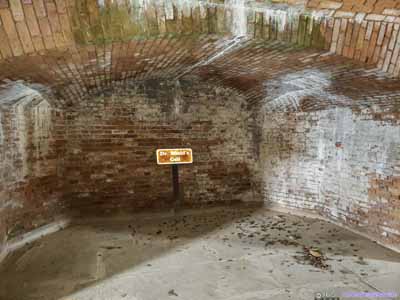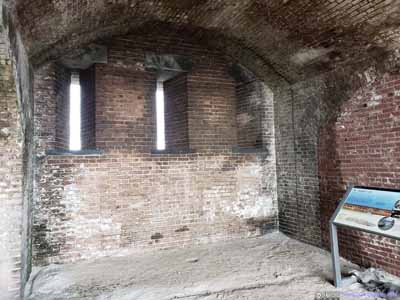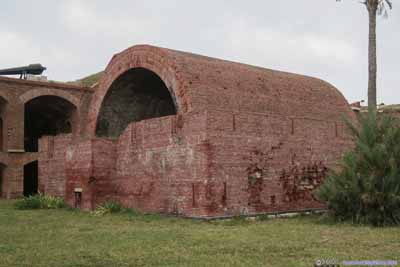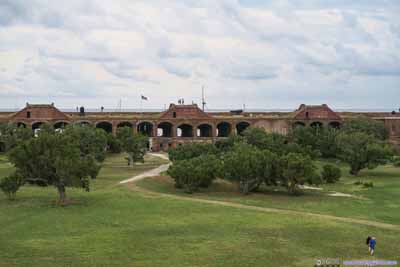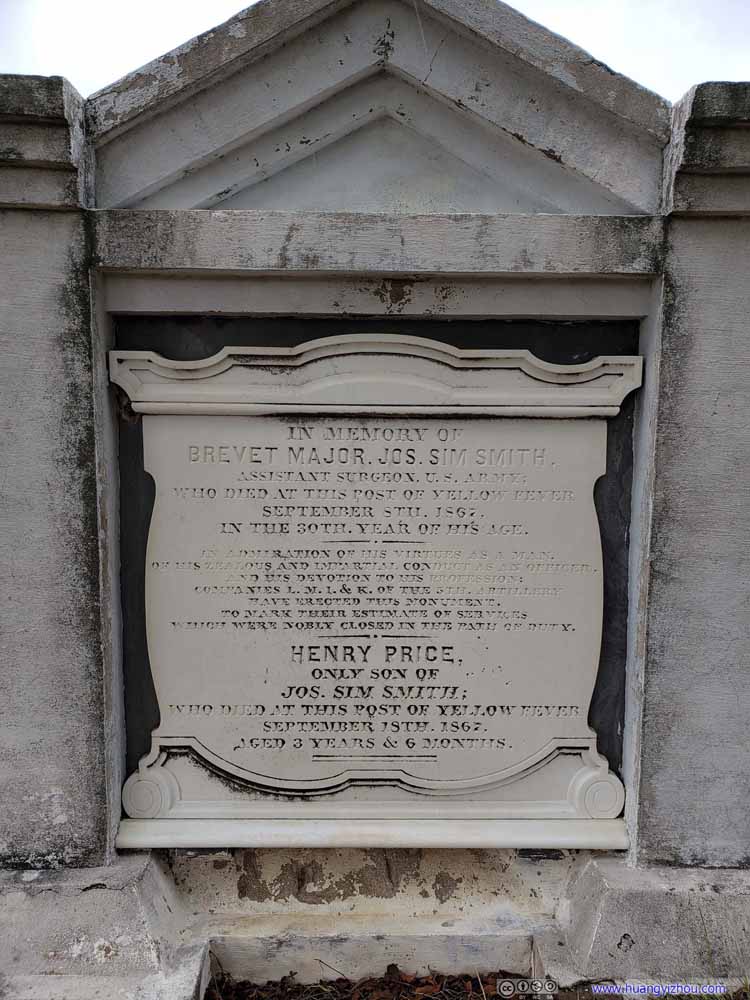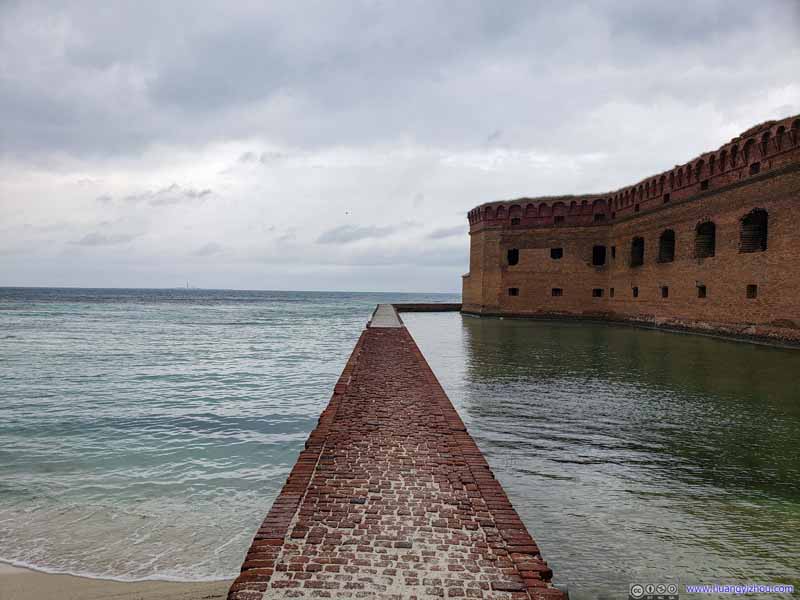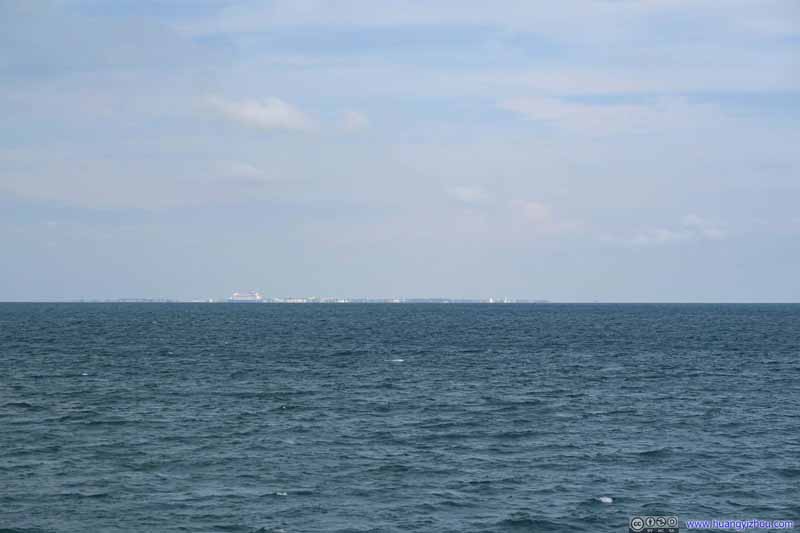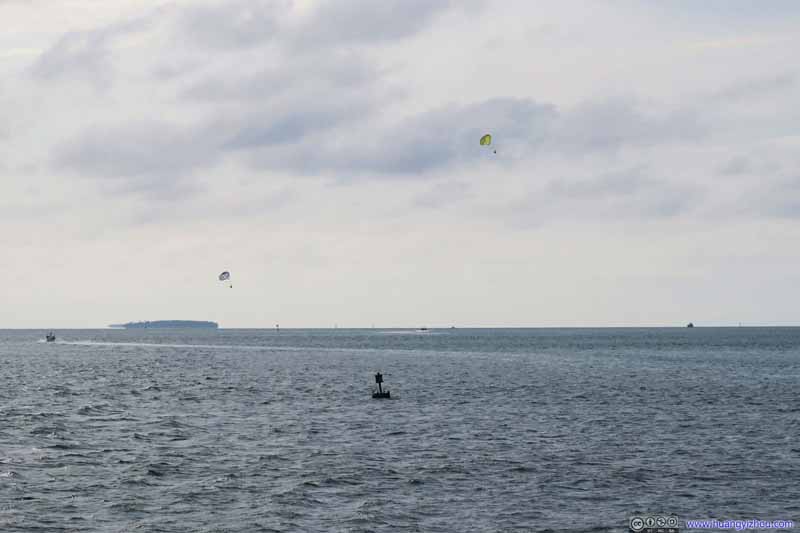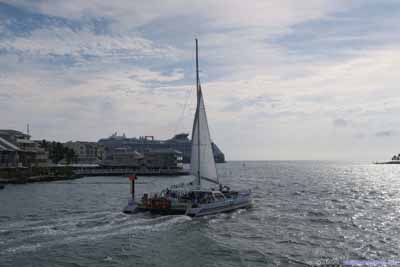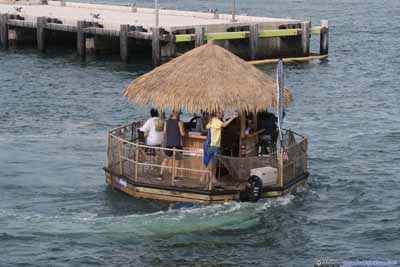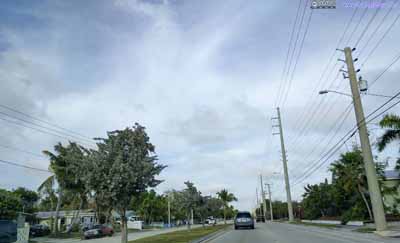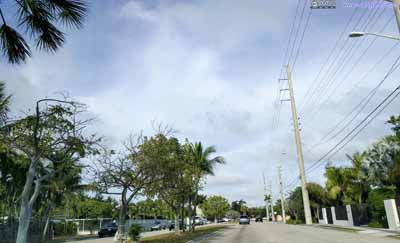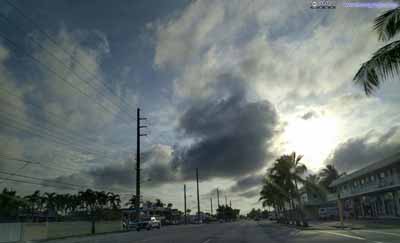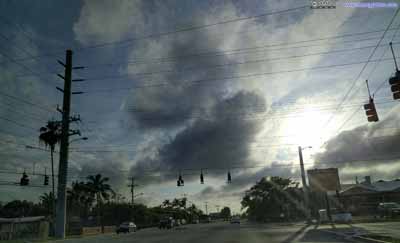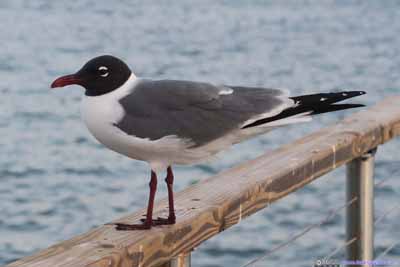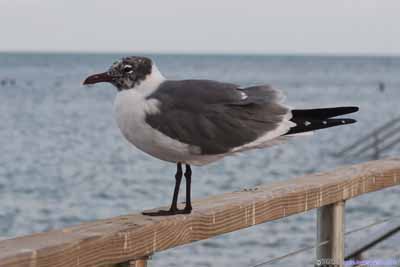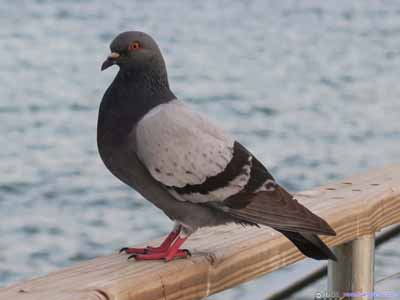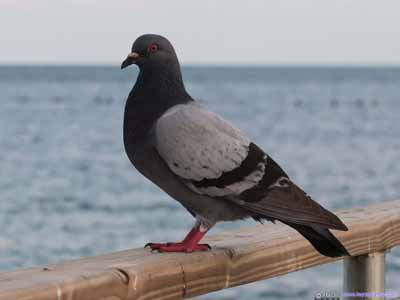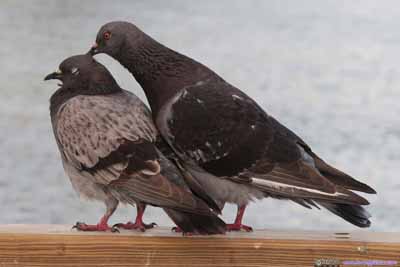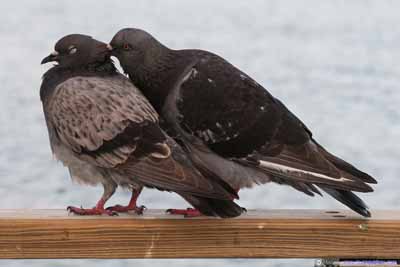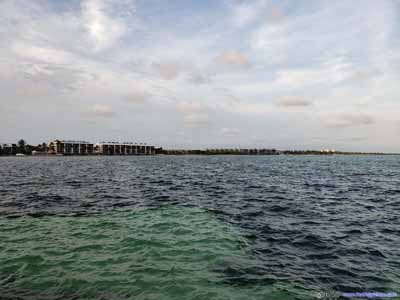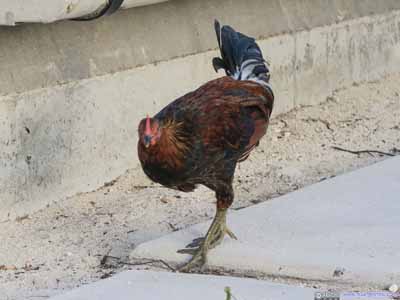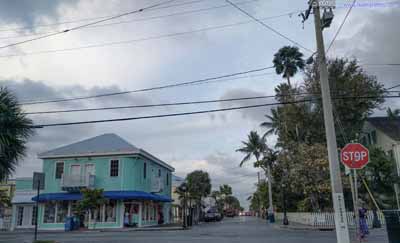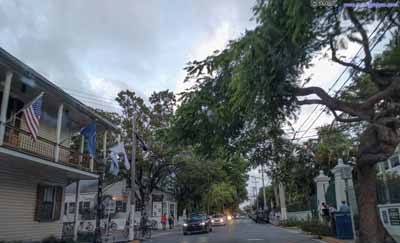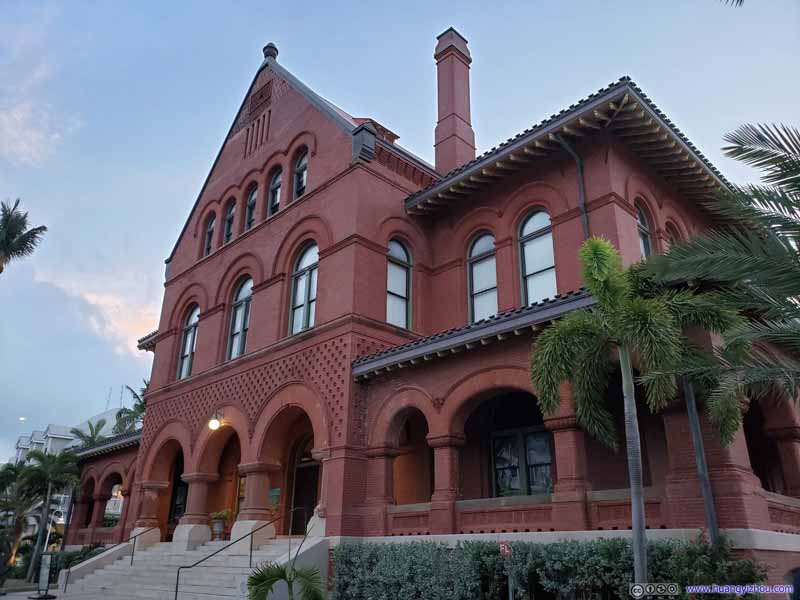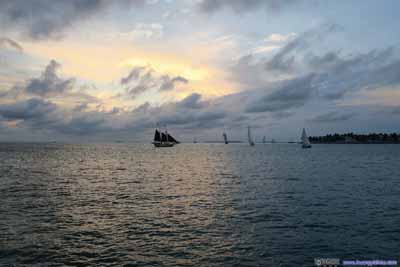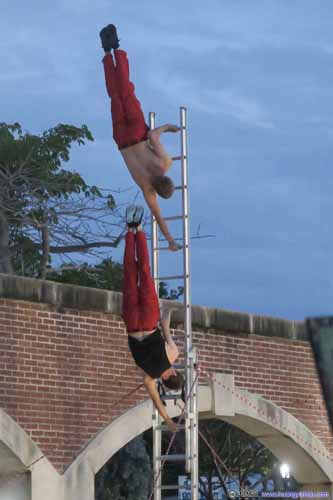Updated on April 23, 2022
Day 5 of 2019 Florida Spring Break, Dry Tortugas National Park
Fifth day of my spring break Florida road trip. I would be visiting Dry Tortugas National Park, which was a small island with a civil-war era fort, located 70 miles off Key West.
Finding Dry Tortugas National Park on maps was like a treasure hunt coming to fruition, as one zoomed in and found a tiny dot of land among boundless oceans turn into a full-fledged military fort surrounded by coral reef.
Despite being seemingly in the middle of nowhere, key shipping routes from Atlantic to Gulf of Mexico passed near Dry Tortugas. A fort was built on the island to maintain US control of the shipping routes.
Nowadays, a daily tour boat named “Yankee Freedom” was the most common way to visit the island. In addition the island can also be reached with boats and seaplanes.
The boat for Dry Tortugas departed Key West at 8am, which was quite early for a town known for night life. So before that, I paid a visit to the Southernmost Point Buoy at 7am. During the day there would be a constant line of people taking photos with this pier, but now, it was sitting quietly by itself.
As for this buoy, despite its name, it’s by no means the southernmost point of continental US. Whitehead Split, located just a couple hundred meters West of it, was obviously farther south, only that it’s located in Naval Air Station which was off public limits. Farther West, the beaches of Fort Zachary Taylor State Park is also farther south, only that the park charged some admission fee. For a “free” person not paying any money, many piers on the city’s southern shore (Edward B. Knight Pier for example) extended farther south into the water. That’s not to mention the many islands off the coast of Key West.
So this is actually the southernmost point in the continental US, where a person on his feet could travel to without paying fees or obtaining military permit, that’s actually located on land.
Nearby, there were also remains of a cable hut, where an underwater cable line once connected Key West to Cuba.
After a few photos at this not-so-accurate buoy, I drove to the city’s Old Town Garage, where the boat to Dry Tortugas would depart from the harbor just across the street.
However, it must had been that I wasn’t completely awake, that somehow I thought the boat would depart from piers near Mallory Square. By the time I realized, it was a morning jogging workout to race back to the correct harbor. (which wasn’t very Key West style)
Dry Tortugas National Park
The boat was certified to hold about 170 people “in normal operation”, that’s how many day trippers it would take. In addition about 10 people could ride the boat for overnight camping on Dry Tortugas island. In the peak winter and spring months, the boat’s usually full. When my friends and I were planning this trip, we found there was only one spot on the boat left for the day. Since I was the most convenient to travel alone with my own car, I took the spot, leaving them to other attractions near Key West for the day.
Since the boat’s 8am departure was early by Key West standards, they also offered onboard breakfast. And the bow of the boat was open for seating (photos above / below), which was rather fancy, till the point winds picked up on open water.
The journey from Key West to Dry Tortugas was 2.5 hours of open water, which for a small boat of less than 200 people, meant a very bumpy ride. I doubted everyone walked off the boat after the trip, because I almost didn’t. Maybe the tour website should add “medicine for seasickness” to its “recommended item list”.
To make matters worse, the ship cabin was running maximum air conditioning. So for the most part, I was moving between the cabin cooling myself, and the tail heating myself up with aircon exhaust, while trying to stay conscious battling the waves.
Two and a half tragic hours later, we were finally nearing Dry Tortugas National Park.
The final approach to Dry Tortugas National Park was a spiral to avoid certain shallow areas. That meant we were given an all-round tour of Fort Jefferson in a distance.
It’s 10:30am in the morning. and we have four hours to spend on the island before our boat returned at 2:30pm. One could choose to snorkel near the island’s beaches, or tour Fort Jefferson, or both. Since it took some time for the ship crew to deploy the snorkeling gears, I paid the fort a brief visit.
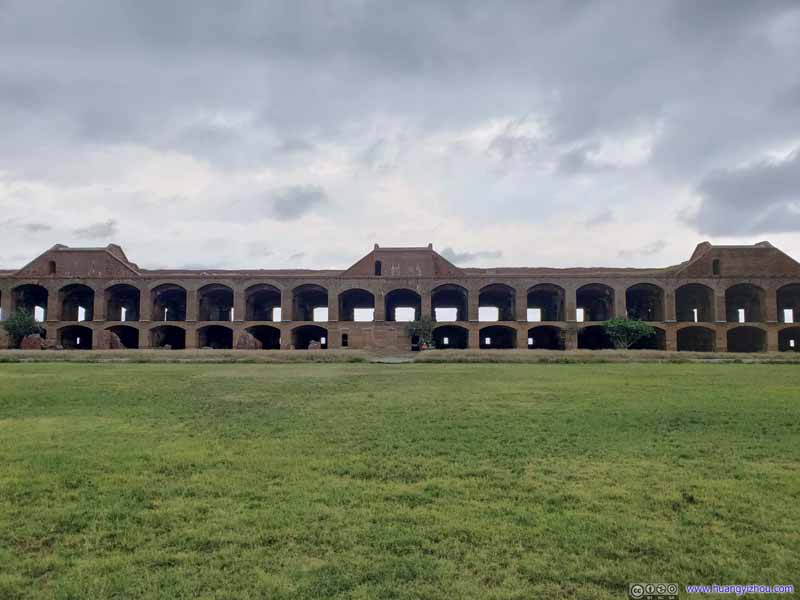
Fort Walls from Parade GroundThe heavy fort could sink into an unstable foundation of sand. In 1865, the engineers were fearful of adding more weight to the fort, and decided to leave the second tier/floor unfinished.
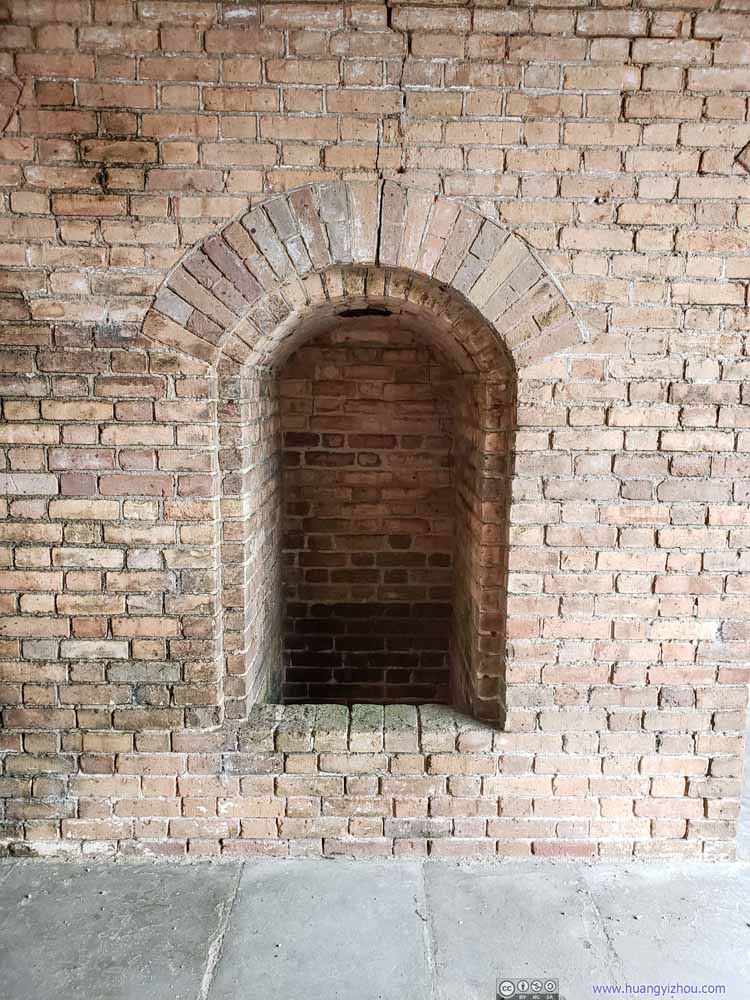
Hole Holding Water FilterBeing in the middle of ocean, the fort relied on rain for fresh water. After collection on the roof, rainwater would flow down, through a filter fitted in this wall, to the cistern underneath castmates. Leading from the top of this arch was a crack. Salt water entered most of the cisterns through these cracks. But the large cistern on the parade ground was still intact and in use today.
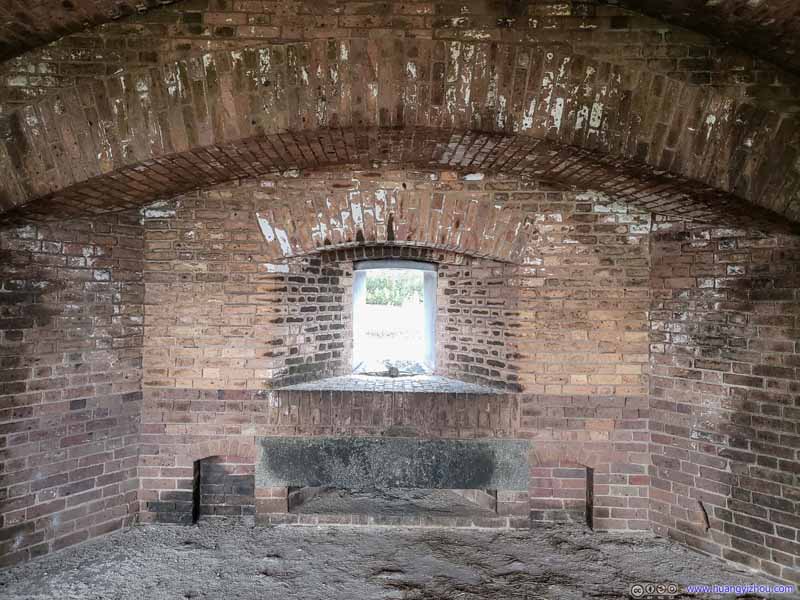
Gun Room OpeningsThe fort was designed to hold 420 guns on three levels but was never fully armed. Between firings, an iron shutter (not in this photo) would cover the openings to protect the cannon crew from enemy fire.

Foundation of BarracksConstructed to house soldiers crowded into storehouses in 1863 but never finished.
It seemed that many parts on the fort were unfinished, and then later damaged by elements to an unsafe state and demolished, like these living quarters (above and below).
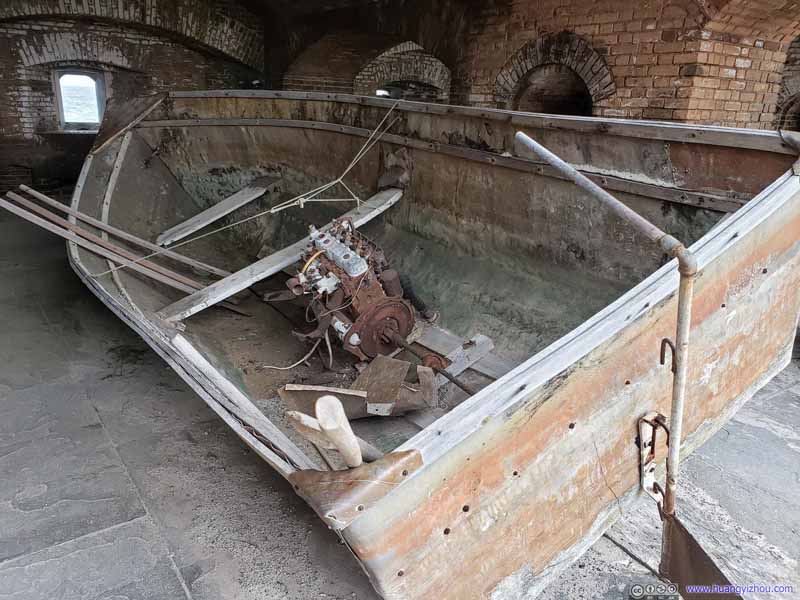
BoatThat carried 33 Cubans on a three-night-two-day journey over 100 miles to nearby Loggerhead Key. Under “wet feet, dry feet policy” they could remain in US in pursuit of freedom.
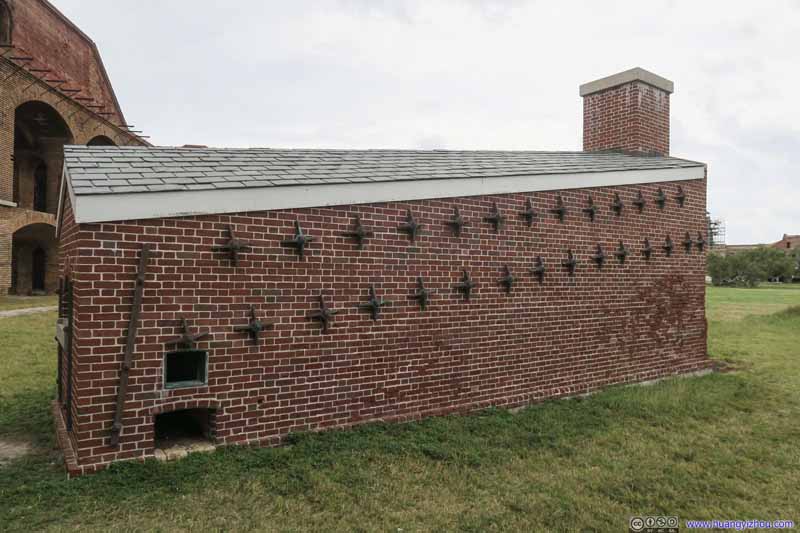
Hot Shot FurnaceBuilt in 1863 and refurbished in 2004, believed to be the last and biggest hot shot furnace in US. It’s interesting that I learned it took 30 minutes to heat up the cannonballs (but wooden ships didn’t travel fast I suppose).
Then it’s the most captivating and distinctive part of the fort, its moat.
The unique location of Fort Jefferson, seemingly rising out of nowhere in the ocean, meant its moat needed to protect the fort from both enemy landing and ferocious sea. This resulted in a walkway separating sea and moat, with a beautiful contrast of colors in the waters.
While most of the moat wall was built in 1849-1851, digging the moat to full depth, a task for military prisoners sent here, wasn’t completed until 1873.
There was a tale that sharks were kept in the moat to keep prisoners from escaping. It’s certainly a fantasy here as a shark won’t find enough food in the moat. That is, until a prisoner actually brought a 10-foot shark into the moat, and it survived for two months, making an interesting story.

 BakeryLife was hard on the island. Condition of this bakery wasn’t ideal, and its product was often rotten with bugs and not well received.
BakeryLife was hard on the island. Condition of this bakery wasn’t ideal, and its product was often rotten with bugs and not well received.
During Civil War, the fort also served as a Union military prison. One of the more notable prisoners was Dr. Samuel Mudd, who plotted to assassinate President Lincoln. He was first put to a dark and gloomy casemate called “the dungeon” (left photo). Nowadays the room had been renovated, but by his account, the room was wet and damp, and often filled with sewage when it rained. He was moved around the fort into many different cells. After an outbreak of yellow fever killed the fort’s surgeon in 1867, he took over the fort’s hospital (right photo) and started treating the fort’s sick. He was later pardoned, partly for this work as the fort’s doctor.

 Buildings in Parade GroundThe western part of Fort Jefferson’s parade ground and casements were off visitor limit. It seemed that those parts were used as office rooms for park officials. A large cistern was in the foreground of the photo on the left.
Buildings in Parade GroundThe western part of Fort Jefferson’s parade ground and casements were off visitor limit. It seemed that those parts were used as office rooms for park officials. A large cistern was in the foreground of the photo on the left.
And the only accessible building in the parade ground was the detached powder storage building, or what’s left of it.
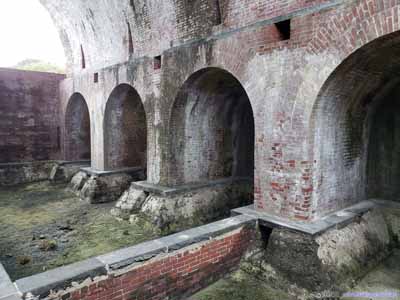
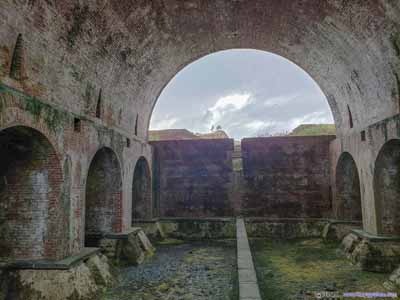 Powder StorageStructures were in place for raised wooden floor, critical for air circulation and spark prevention. It’s not hard to see how damp it was here.
Powder StorageStructures were in place for raised wooden floor, critical for air circulation and spark prevention. It’s not hard to see how damp it was here.

BoatThat also provided the only bathrooms on the island while docked. Lunch was also served on the boat while docked.
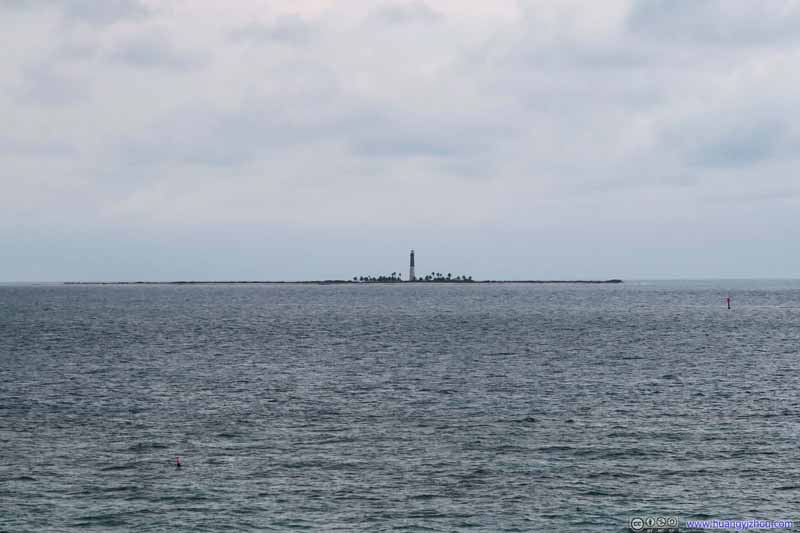
Loggerhead LighthouseTo the west of Fort Jefferson. Before the fort was built, US government recognized the importance of a lighthouse here to warn ships of reefs. However, the initial Garden Key Lighthouse, located at nowadays Fort Jefferson, wasn’t very visible from distance, so a taller lighthouse was built on Loggerhead Key to the west.
Then, a brief note about the other activity here, snorkeling. The tour boat crew would provide snorkeling gear. There were two designated swim/snorkel area (unfortunately, swimming wasn’t allowed in the moat), one was “North Beach”, near these ruins.
Unfortunately, during my visit, waters near “North Beach” were covered in debris of some unknown water plants, which didn’t make a very good snorkeling experience.
The other area was “South Beach”, which was larger and more popular.
Going farther out along this outer walkway along the fort, I did see some fish / coral. But high wind and waves prevented me from venturing even farther.
I also took a tour along this outer walkway / moat around the fort.
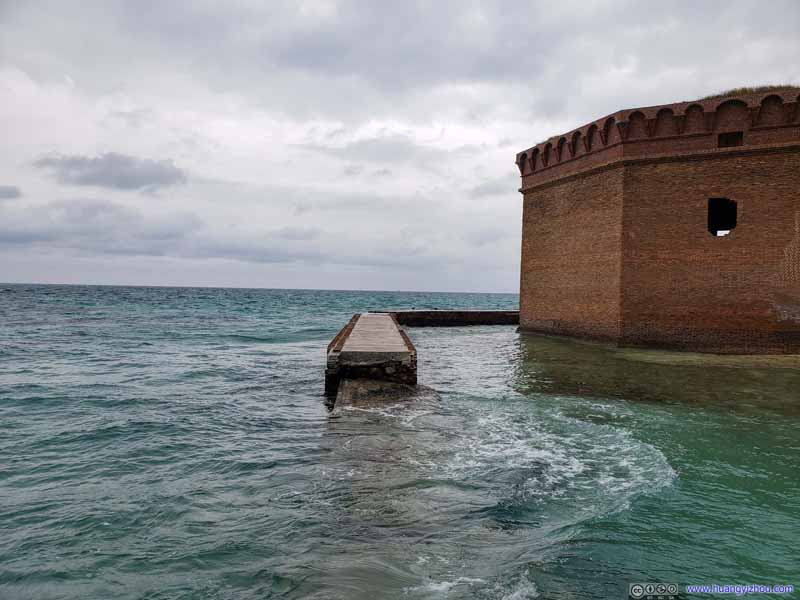
End of Outer WalkwayI didn’t know whether it’s deliberate, but the outer walkway was broken in two locations, preventing one from circling the fort.

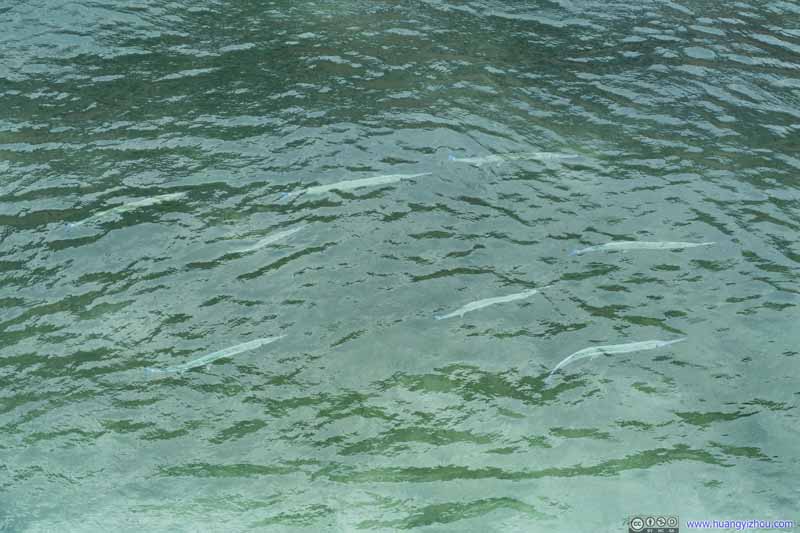 Fish in MoatThese fish were much larger and more beautiful than the ones I saw while snorkeling. Sad face.
Fish in MoatThese fish were much larger and more beautiful than the ones I saw while snorkeling. Sad face.
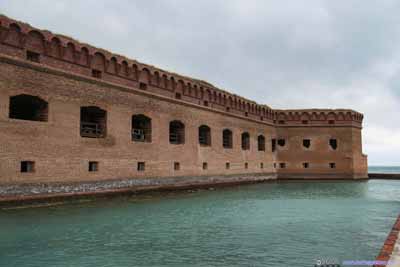
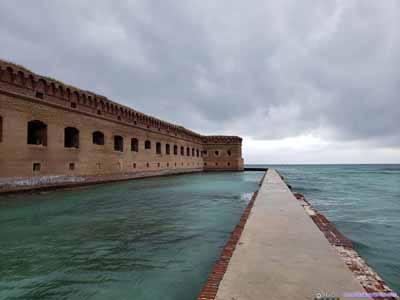 Western WallThe western part of the fort was off visitor limits. Looking from outside, it seemed that NPS had turned these casemates into storage rooms or offices.
Western WallThe western part of the fort was off visitor limits. Looking from outside, it seemed that NPS had turned these casemates into storage rooms or offices.
While the tour boat was scheduled to depart at 2:30pm, rain started to fall 20 minutes before that. So most people retreated back to the boat early, I included.
An additional 2.5 hours of bumpy ride back to Key West. It felt less miserable this time, probably my body had adapted from the morning.

Boats off Key West HarborAccommodation on the island of Key West was very expensive. So while searching on Airbnb, I found many “boat” listings with more affordable prices. For people searching for a unique (but certainly not the most comfortable) experience this won’t be a bad option.
During the ride back to Key West, the strong onboard air conditioning kept me on the sun deck, which was unfortunately drenched with water from our boat’s combat with the furious sea. It’s amazing that water can be splashed two stories high onto the boat. So the moment I got off the tour boat, I raced back to hotel for a shower, ridding myself of the unpleasant layer of salt on my shirts and skin.
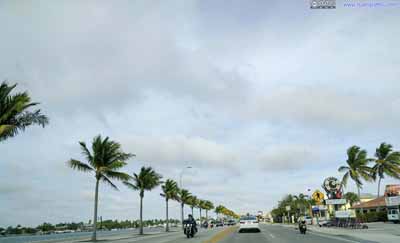
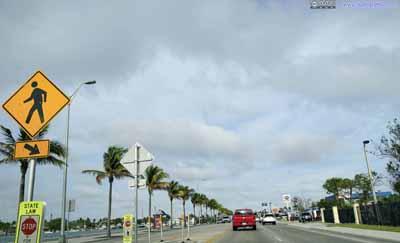 Street Along BayOn North Roosevelt Boulevard. Along with Flagler Avenue (below), these were two major streets on the island of Key West.
Street Along BayOn North Roosevelt Boulevard. Along with Flagler Avenue (below), these were two major streets on the island of Key West.
An hour later, I left the hotel afresh, heading for downtown Key West to join my friends.
Key West

Grace Lutheran ChurchA lovely church located on the island’s main road, where I took a brief stop to set navigation.
But first, I stopped at a few piers on the island’s southern shore.
Higgs Beach Pier

PierA more modern style pier, equipped with stairs for water access and diving, along with a few benches for people to sit on enjoying sunset.
That’s when I found there were more birds around than people at dusk.
These looked like a loving couple of pigeons caring for each other, until I found this soul a few meters away.

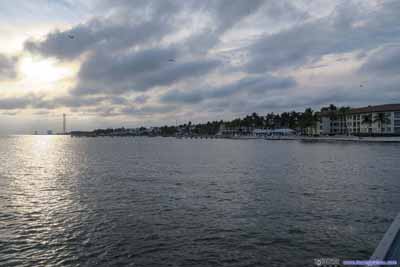 OceanEdward B. Knight Pier in the left photo, beaches and distant Naval Air Station in the right photo.
OceanEdward B. Knight Pier in the left photo, beaches and distant Naval Air Station in the right photo.
Then I moved on to the nearby Edward B. Knight Pier.
Edward B. Knight Pier
At this hour my friends told me to meet them in downtown Key West, so I set off.
Waterfront

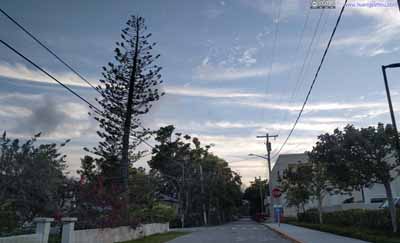 ImprovisationDriving among the checkerboard streets of Key West awards some improvisation. Seeing red lights ahead (left), I turned into an alley (right) and continued on smoothly.
ImprovisationDriving among the checkerboard streets of Key West awards some improvisation. Seeing red lights ahead (left), I turned into an alley (right) and continued on smoothly.
Then, we took a walk around downtown while searching for dinner.
At one point we were attracted to the street performers in Mallory Square. These acrobatic brothers being one of those.
And it seemed that there were some unspoken agreement/cooperation among the different performers, like neighboring groups would take turns to perform / rest, minimizing audience lost. Maybe there were revenue sharing schemes in between?

Key Lime PieA final note about today’s dinner. Not much memoizable for the main course, but I remembered my colleagues back home recommended Key Lime Pie as a local specialty, and it happened to be on the menu. As someone with a sweet taste I absolutely loved it, even more that there were no calory amount listed on the menu.
END
![]() Day 5 of 2019 Florida Spring Break, Dry Tortugas National Park by Huang's Site is licensed under a Creative Commons Attribution-NonCommercial-ShareAlike 4.0 International License.
Day 5 of 2019 Florida Spring Break, Dry Tortugas National Park by Huang's Site is licensed under a Creative Commons Attribution-NonCommercial-ShareAlike 4.0 International License.



